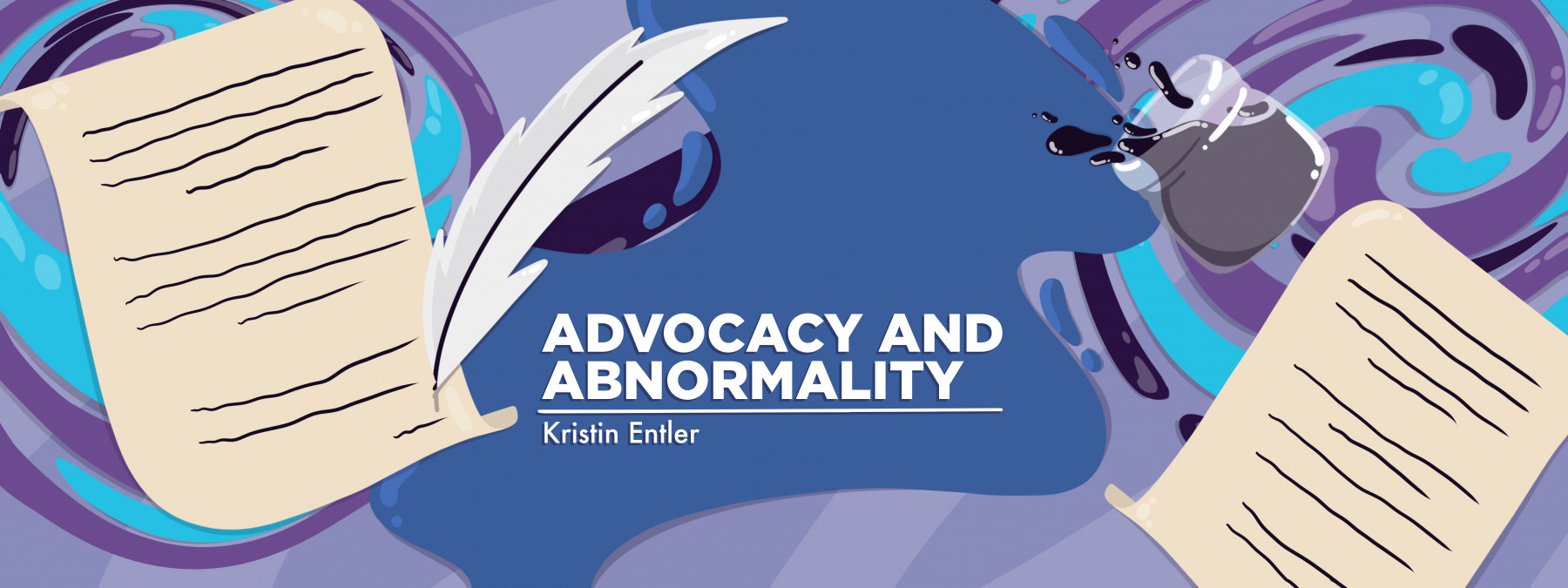Is pulmonary function testing supposed to cause consternation?
Pulmonary function tests are often stressful for this columnist
Written by |

“Go, go, go!” my nurse says while coaching me through my pulmonary function test (PFT). I’m pushing air into a mouthpiece that’s connected to a computer with a robotic arm that moves up and down to adjust for the height of the patient using it. My right hand grasps the plastic arm connecting the two like it’s a handle, and with my left hand, I hold the blue nose clips that keep me from accidentally breathing through my nose.
Similar to other columnists, I’ve previously discussed my ongoing PFT performance anxiety. Often, doctors’ treatment recommendations are based on the outcome of my PFTs. Yet I don’t always feel like they’re reflective of how I feel as a patient.
My mouth is wrapped tightly around the mouthpiece as I try to make a tight seal with my lips, as instructed. I do my best to keep my teeth out of the way. The nurse is pointing to a bar on the screen that’s slowly crawling up the monitor while we wait for it to go from in-progress gray to bright green, which marks some level of success.
“Inhale all the way,” the nurse says while relaxing her body with me. We wait for the line tracking the pressure of my breath to reach its final destination on the x-axis of the graph at the bottom of the screen.
“Hold it a little longer,” she tells me, and I’m a little surprised by the feedback. Having done this test for so many years, I thought I knew what I was doing.
She points to the line that signals the moment I inhaled fully. “See how this goes straight up?”
I nod. It looks how it always looks when I do this test, I think.
“It shouldn’t do that,” she says, pointing to the line that tracks my inhalation, which goes straight as an arrow toward the webcam at the top of the laptop. She clicks around a few times on the computer to open a blank plane.
Try again
I start again by breathing normally and then inhale full and sharp when she tells me to. When I almost feel the need to exhale, she tells me to hold it. Keep going.
Whereas before the line went straight up, this time it draws a small jut to the left before continuing back up in a straight line.
My forced expiratory volume in the first second jumps by over 5%, and I can’t help but wonder if I’ve been doing this test wrong all this time or if I’ve just never noticed the jut that appears like a cliff in the line that’s drawn as I inhale all the way, with so much force it almost hurts.
“Do you see how that improved?” she asks, pointing to the differences in the patterns.
I’m glad to have improved my spirometry numbers. But as I go up the stairs to the main floor and walk out to my car, a printout of my results in hand, I can’t help but wonder how much credence we should give to a test with so much opportunity for error.
If one nurse coaching me can make my test go up enough to make a significant impact on my treatment plan, I wonder how much value we should assign to a single measurement when I undoubtedly exist as so much more than the outcome of how a line is drawn on a computer screen.
Note: Cystic Fibrosis News Today is strictly a news and information website about the disease. It does not provide medical advice, diagnosis, or treatment. This content is not intended to be a substitute for professional medical advice, diagnosis, or treatment. Always seek the advice of your physician or other qualified health provider with any questions you may have regarding a medical condition. Never disregard professional medical advice or delay in seeking it because of something you have read on this website. The opinions expressed in this column are not those of Cystic Fibrosis News Today or its parent company, Bionews, and are intended to spark discussion about issues pertaining to cystic fibrosis.








Jean
I have always felt that way - how much could (or should) this test reflect my true day to day experience? My "best score" came right after I had Covid. An awful lot seems to ride on these numbers.
Kate
Oh Kristen, I hear you loud and clear. My lung function test was a sick joke. There I was locked up in what resembled an old telephone booth. Claustrophobia anyone? I then had this guy yelling at me "hold on longer etc. etc." just like you and each time he yelled the PURE PANIC that went through my body was insane. Top that off with a lady in another room suddenly turning up at the door wanting to take blood from my fingers. "You don't HAVE to do it." (but clearly she was desperate for me to do it). I refused. These two people pretty much scared the living daylights out of me. I vowed to NEVER do a lung function test again so help me God. There is no way on the planet it reflected my lung's ability to breathe etc. Yes, I have "cystic fibrosis related disorder". Sweat test bang on 60 and all this discovered after advanced pulmonary NTM. Like being struck by lightning on a sunny day....